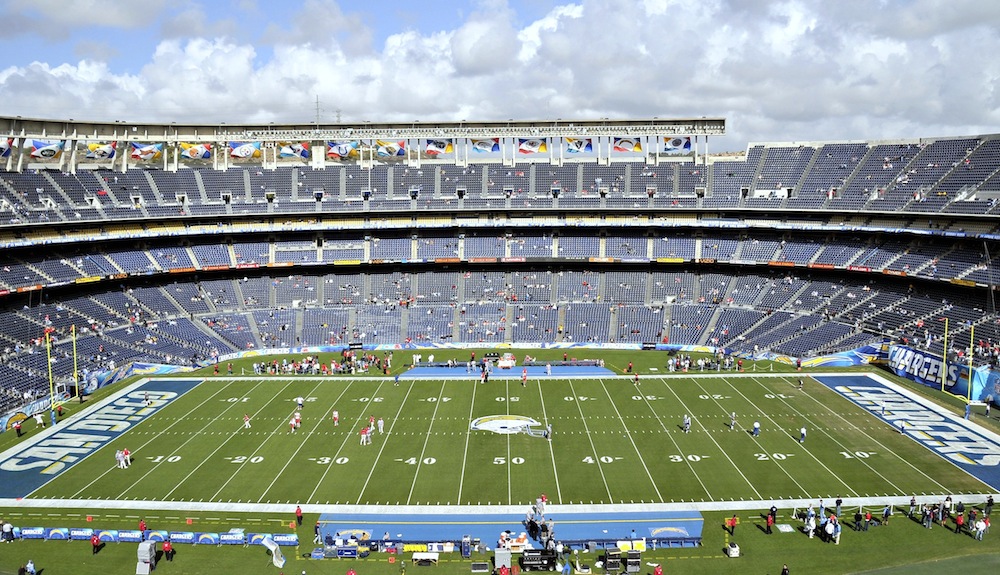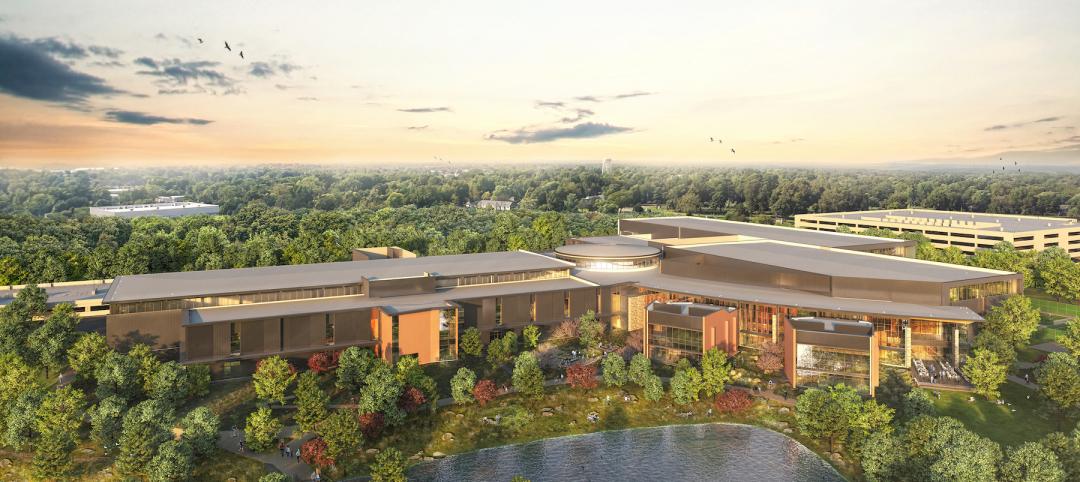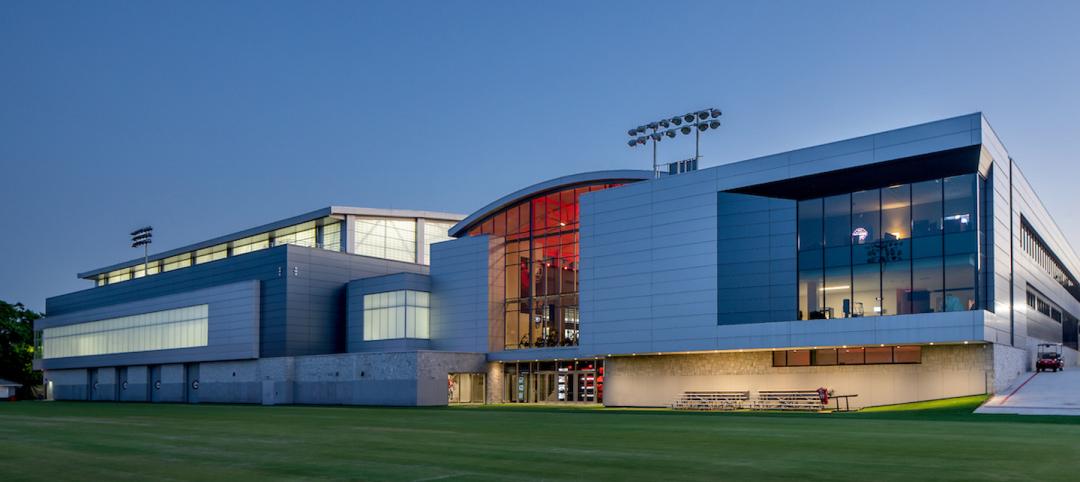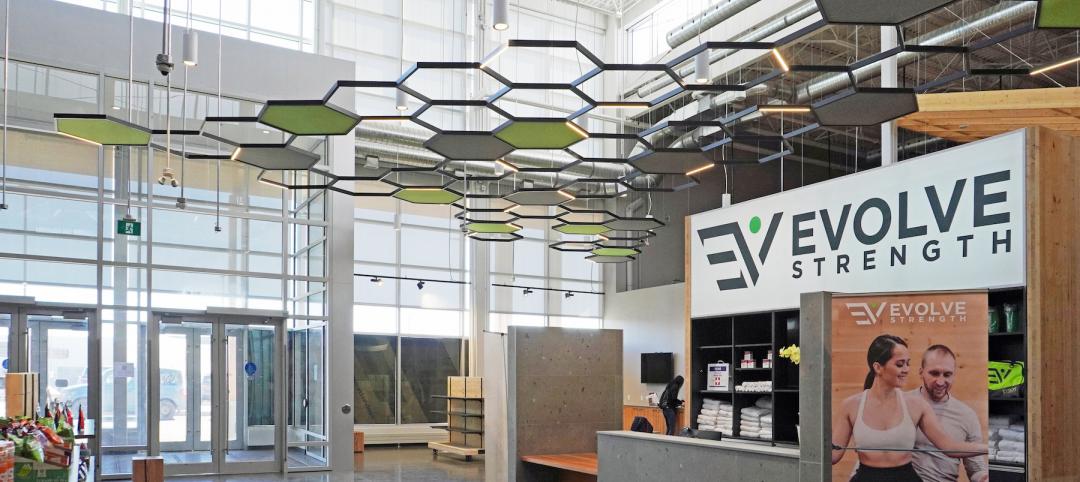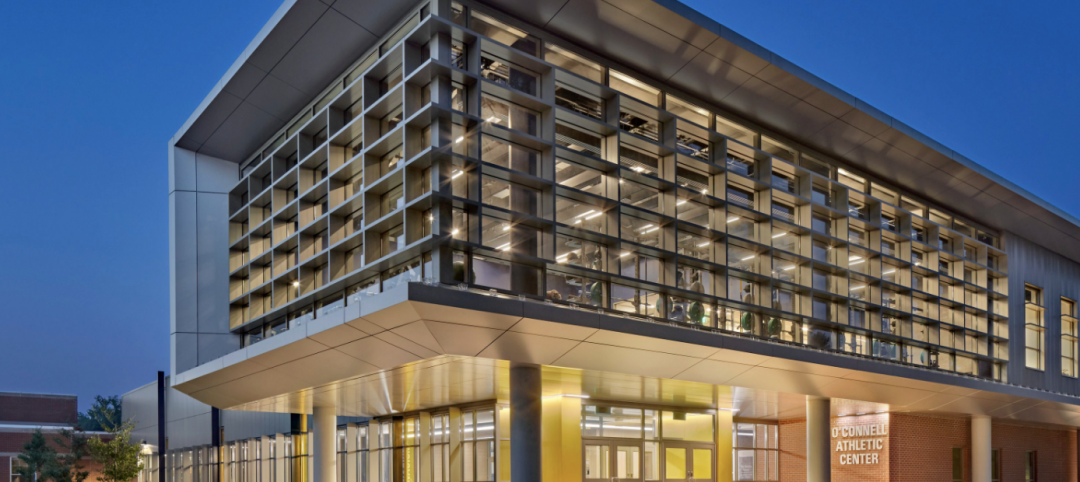The San Diego Chargers released a 110-page report regarding details of a $1.8 billion plan for a new football stadium and convention center in downtown San Diego.
The stadium and convention center will be funded by a 4% tax increase on hotel stays. The San Diego Union-Tribune reports that the proposed hotel tax rate, 16.5%, will be one of the country’s highest.
But the rate will spare taxpayers of a large financial burden. Funding will come from the hotel tax increase and $650 million from the Chargers and the NFL.
The Chargers will sign a 30-year lease and a non-relocation agreement, and they will be responsible for any construction cost overruns and future stadium improvements.
The new report is the first step toward gaining 70,000 signatures by June so that the plan can be included on California ballots this November.
A final architectural plan has not been determined. Options include building the convention center either underneath or next to the stadium. Dubbed the "convadium," it will be built near Petco Park, where the San Diego Padres of MLB play.
Qualcomm Stadium, the Chargers' current 70,000-seat home, was built in 1967 and is the NFL’s fifth-oldest stadium. The team desires a new home, either in San Diego or elsewhere.
Los Angeles has been a possibility for the last several years. This winter, the NFL approved the St. Louis Rams’ proposal for a new $3 billion stadium in Inglewood (just outside of L.A.), and the league rejected a joint stadium venture in the city for the Chargers and Oakland Raiders. The Chargers have a year to decide whether they want to move to Los Angeles and share a stadium with the Rams.
Related Stories
Multifamily Housing | Aug 3, 2022
7 tips for designing fitness studios in multifamily housing developments
Cortland’s Karl Smith, aka “Dr Fitness,” offers advice on how to design and operate new and renovated gyms in apartment communities.
Reconstruction & Renovation | Aug 3, 2022
Chicago proposes three options for Soldier Field renovation including domed stadium
The City of Chicago recently announced design concepts for renovations to Soldier Field, the home of the NFL’s Chicago Bears.
Headquarters | Jun 21, 2022
Walmart combines fitness and wellness in associates’ center that’s part of its new Home Office plan
Duda | Paine’s design leads visitors on a “journey.”
Sports and Recreational Facilities | Jun 17, 2022
U. of Georgia football facility expansion provides three floors for high-performance training
A major expansion of the University of Georgia’s football training facility has been completed.
Building Team | Jun 14, 2022
Thinking beyond the stadium: the future of district development
Traditional sports and entertainment venues are fading as teams and entertainment entities strive to move toward more diversified entertainment districts.
Acoustic Panels | Jun 9, 2022
A fitness center renovation in Calgary focuses on tamping the building’s sound and vibration
Bold Interior Design chose as its solution a lighting/acoustical panel combination.
Sports and Recreational Facilities | May 26, 2022
WNBA practice facility will offer training opportunities for female athletes and youth
The Seattle Storm’s Center for Basketball Performance will feature amenities for community youth, including basketball courts, a nutrition center, and strength and conditioning training spaces.
Sports and Recreational Facilities | May 19, 2022
Northern Arizona University opens a new training center for its student athletes
In Flagstaff, Ariz. Northern Arizona University (NAU) has opened its new Student-Athlete High Performance Center.
University Buildings | May 9, 2022
An athletic center accentuates a college’s transformation
Modern design and a student health center distinguish the new addition at The University of Saint Joseph in Connecticut.
Sponsored | BD+C University Course | May 3, 2022
For glass openings, how big is too big?
Advances in glazing materials and glass building systems offer a seemingly unlimited horizon for not only glass performance, but also for the size and extent of these light, transparent forms. Both for enclosures and for indoor environments, novel products and assemblies allow for more glass and less opaque structure—often in places that previously limited their use.


